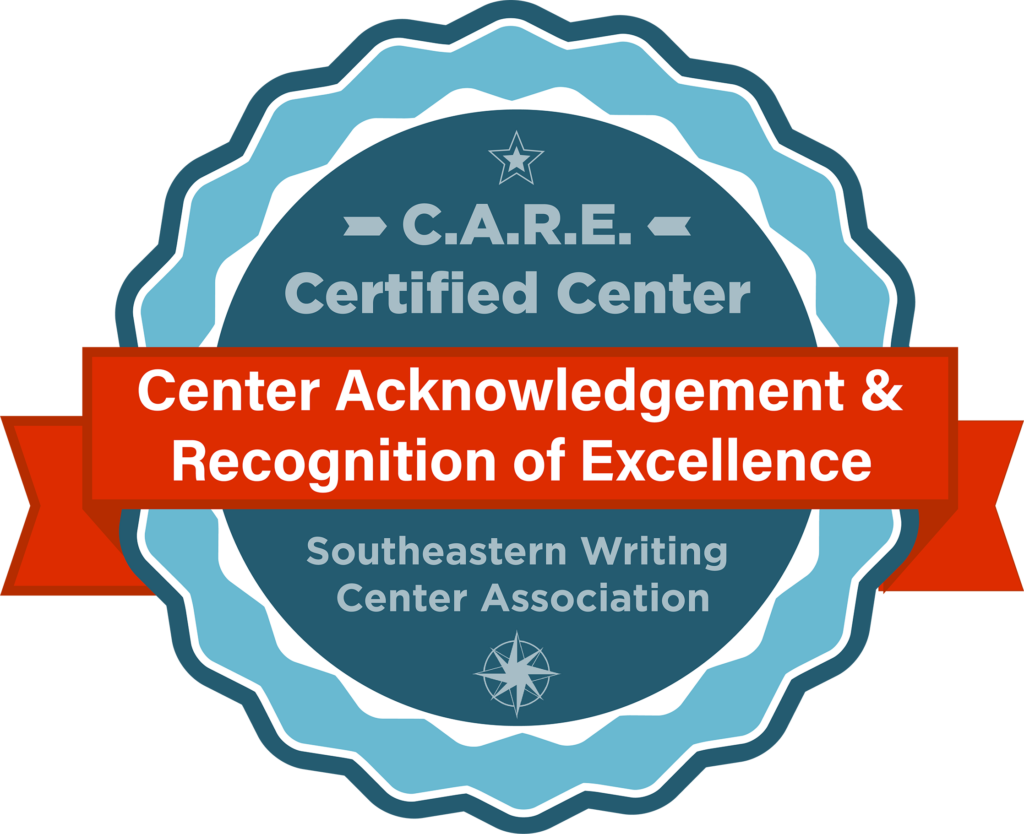There are several steps to turn a first (or second, or third!) draft of a piece of writing into the final version. There is no way to get to that wonderful final draft without all the steps in between, as author Anne Lamott says in her famous book on writing, Bird on Bird (she is quite funny, you might read this).
Professors usually ask for draft essays in order to guide you as your writing develops. As you progress from 1st to 2nd draft, or from 2nd (3rd or 4th) to final draft, here are some important things to keep in mind:
1. Respond to your reader’s comments.
Whether you received comments from your professor or a peer review, your edits are a way to respond to their questions and comments. Was your reader confused by what you thought was a really good point? Edit your paragraph so that your idea becomes clearer. Use specific pieces of evidence, such an important quote or statistic, to strengthen the paragraph. You can even try responding to the comments aloud–and then write them down in your draft in appropriately “academic” language (see our Common Writing Questions for pointers).
2. Redraft your essay.
Really going from draft to final version requires rethinking the flow of logic in your writing–look at Anne Lamott’s comments about writing food reviews (linked above). As she says, you might find your opening sentence–the “hook”–buried on the 3rd page, and to find it, you will have to allow yourself to redraft your essay.
Redrafting means this: looking again at how each piece of your argument fits together in the whole. Shift paragraphs around–don’t worry about losing your train of thought. Delete unnecessary information–or if you think it fits better elsewhere, re-place it. Outlining your paper as it stands in the current draft can be very helpful for figuring out how you are presenting your ideas and can make it much easier to see where you need to reorder your information, add more support, or delete unnecessary material. Or, if you are a visual person, try a craftsy approach. Print your essay out (single-sided) and cut it into paragraph-long pieces. Shuffle the pieces around so that you’ve mixed up their original order entirely. Then individually read and place the pieces/paragraph in the order that the ideas connect. As you tape or pin the parts together, you might find that the paragraphs are coming together in different ways than in your original draft.
3. Revise your essay and proofread.
After you respond to reader comments and redraft the order of your writing, it is time for yet another look: a re-vision. Check for spelling and grammar using your word processing software, but also print your paper out (yes, again–but on recycled paper hopefully, to be responsible to the environment!) and read it to yourself. Studies have shown that it is much easier to proofread when your ears hear the words your mouth reads aloud. You will avoid many careless mistakes and catch grammatical problems by reading aloud your paper–to yourself or to a friend.
4. Proofread again.
In an ideal world, you would have the time to read aloud your paper to yourself or a friend one last and final time.
And voila! You’re done with this draft–now turn it in already!



